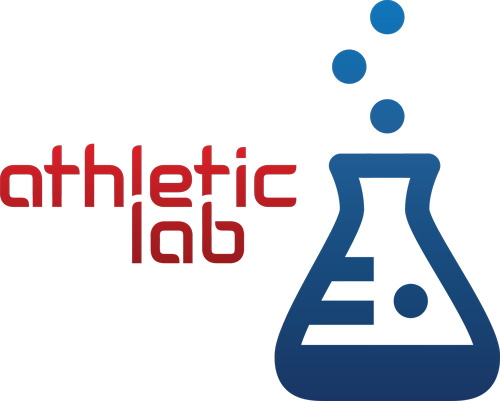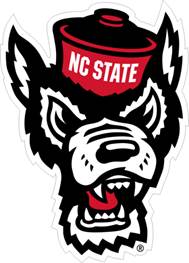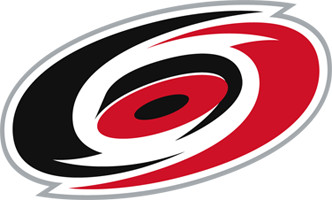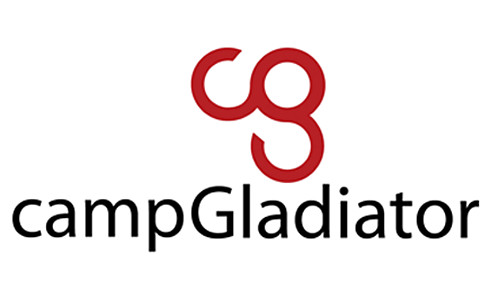Written by: Dennis Meszler, PT, SCS, CMTPT
With all the recent advancements in and increased awareness of proper recovery as a part of training, many may have questions about which of the many tools out there are the best.
Newer (or at least newly popularized) options include, but may not be limited to:
Dry Needling
Instrument Assisted Massage
Cupping
Percussion
Compression
Blood Flow Restriction
Some “classic” options include (but may not be limited to):
Massage
Stretching
Icing
All of these options are good and it is probably impossible to say which is the best. What you have to do is commit to something and try it out. If it works go with it. If it doesn’t try something else. Also, you may need different options based on what you may have experienced during training. There are some generalization that hold true for the most part.
If you have taxed the muscle beyond what it can easily recover from or maybe even borderline “injured” the muscle I would probably suggest Dry Needling, Massage, Instrumented Assisted Massage or Blood Flow Restriction. If you caused fascial stress and that is inhibiting proper movement maybe you consider Massage, Instrumented Assisted Massage, Cupping, Percussion work or proper types of stretching. Anything that has caused pain or swelling could probably benefit form icing as well. (Even though there is a great debate about whether or not one should use ice to begin with! That rabbit whole is too much for us to tackle right now but I will say that in treating athletes for a long time I have seen ice help people may times) If it is just that you are spent from a hard workout then Compression therapy might be the best thing to consider.
To be honest, I’m not sure how you would be able to know what tissues really need to be worked on without a full evaluation, and even then, there is some trial and error involved in putting together the most beneficial plan. You should find a good therapist, athletic trainer or performance coach that can help you come up with a starting point and build from there.
What definitely shouldn’t be underestimated when consider how to best “recover” is the necessity having a proper training schedule which includes enough rest. Rest doesn’t mean sitting around doing nothing. All of the options we listed above can be part of an active recovery process and help you get all the benefits of your recent workouts. The point of working out is to cause damage by stressing tissue past its comfort point so that after it heals it will hopefully be more ready for that stress the next time it experiences it. But, if you don’t properly recover from a workout by stressing the tissue too much before it has healed from the last stress then you have compromised the tissues ability to fully adapt to the previous workout.
Letting your drive to be the best push you to make poor choices is a sure-fire way to lead to you to spending a lot more time with a therapist than you’d like rather than spending all your time with a coach or trainer. There should be some enough off days.
With all that being said, what is the best Recovery Strategy? From my point of view, it is, proper rest built into a training schedule and any of the active recovery tools we’ve mentioned. You just to find what works. I know that is a cop out, but it’s true. Shorten your learning curve by finding someone to help you decide which is potentially better to try first.









